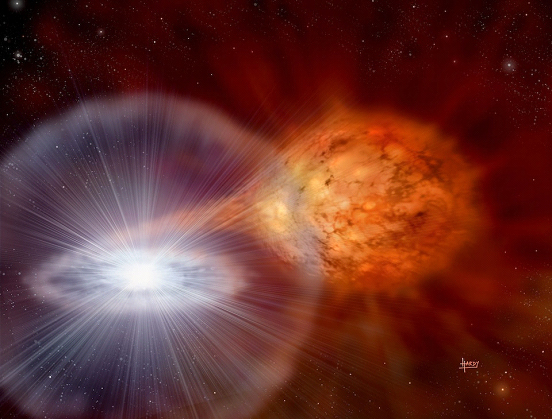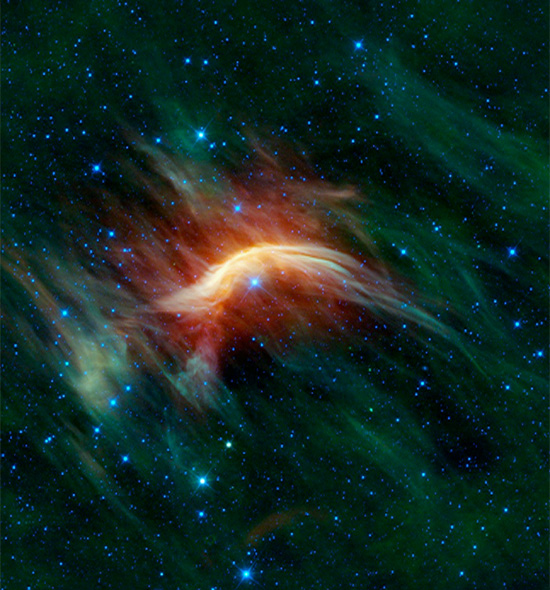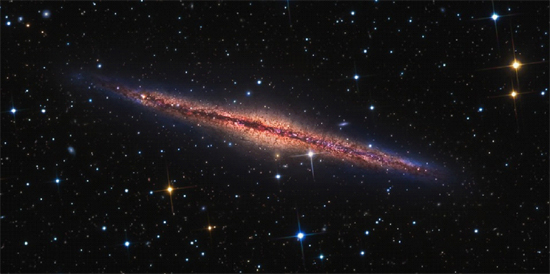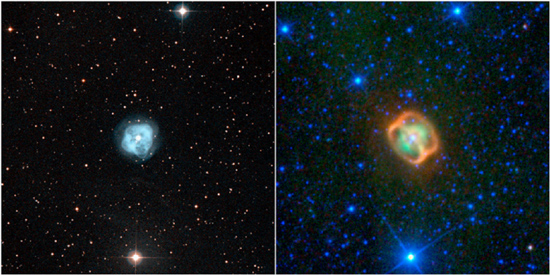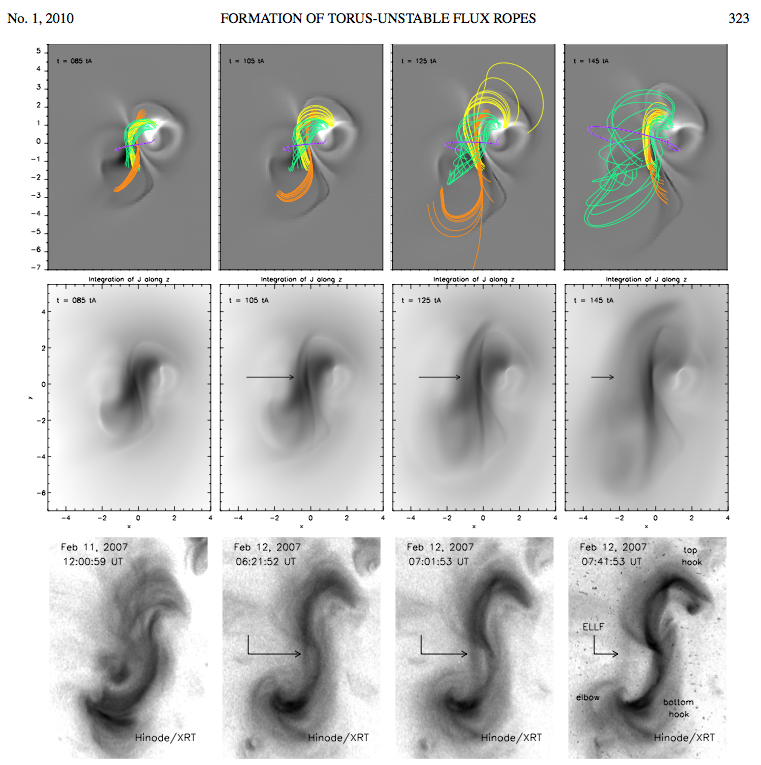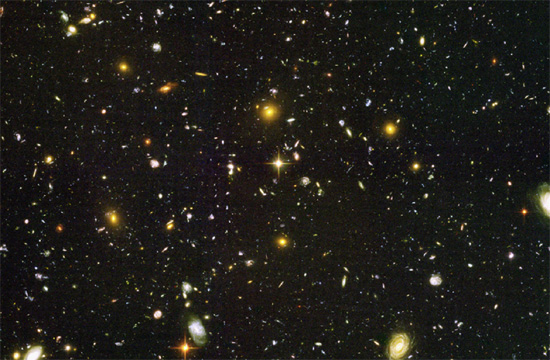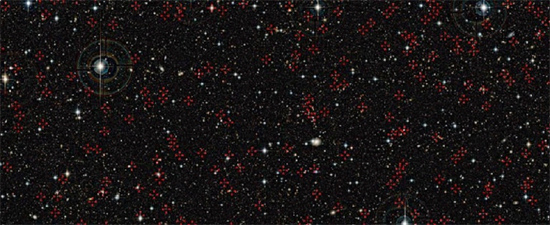It Has a Nice Ring To It

Jan 11, 2012 Galactic haloes are best explained using the Electric Universe theory. There are rings around planets, rings around stars, and there are rings around galactic nuclei, as demonstrated by the Hubble Space Telescope image of AM 0644-741. Although the conventional explanation for such structures is that they are…





